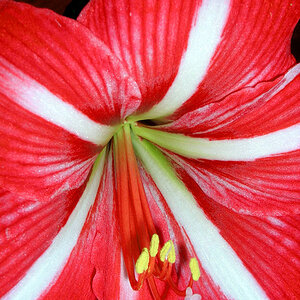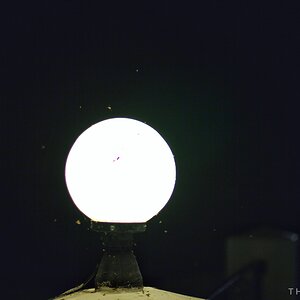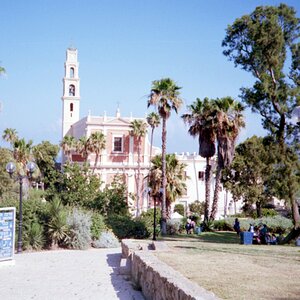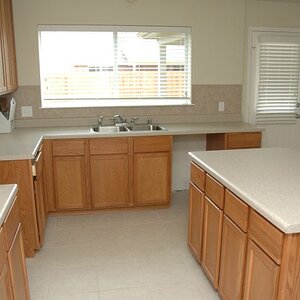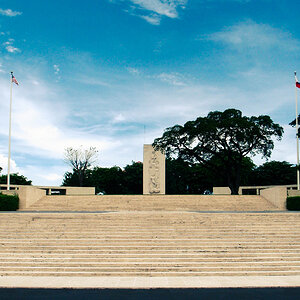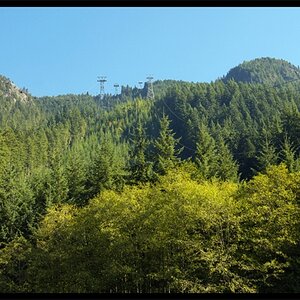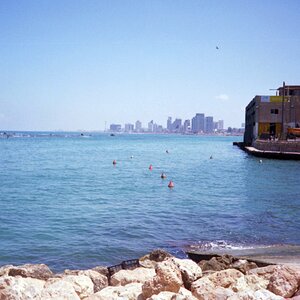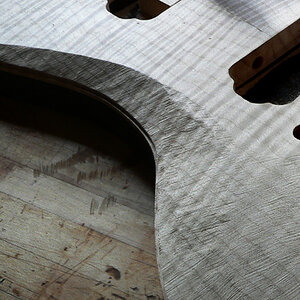adalc55c
TPF Noob!
- Joined
- Oct 15, 2012
- Messages
- 1
- Reaction score
- 0
- Can others edit my Photos
- Photos OK to edit
I have a fairly specific photograph that I wish to take (scientifically), and I intend to buy an appropriate lens for the camera we have, but I'm not entirely sure 'an appropriate lens' exists. Having investigated lenses, apertures, depth of field etc, I get the impression that what I want to do is either impossible, or on the limits of possible. I could do with some expert knowledge / experience to help me find out if, by making some sacrifices, I can get a lens to get close enough to the image I want. I went to my local camera store, but sadly they weren't really willing to discuss the problem and just told me what I wanted was flat out impossible. Which may be true, but I thought it was worth asking if any experts out there had any ideas, and a discussion could result in where I might be able to get 'close enough' to where I'd like to be.
So, here's what I have:
- I want to photograph light emission from a spark across a small gap (like mini lightning(!)).
- The field of view is about 3 mm
- I have an intensified-CCD camera (a nice 'toy' ), where the sensor is 512 x 512 pixels, and physically is half an inch square (so I'd need a reproduction ratio of around 4:1); I can mount any type of lens, or combination of lenses
), where the sensor is 512 x 512 pixels, and physically is half an inch square (so I'd need a reproduction ratio of around 4:1); I can mount any type of lens, or combination of lenses
- With a 5x microscope lens, I can get the field of view and resolution that I want, but the depth of field is nowhere near what I need (I get a tiny amount of focus, and everything else is blurred). I've tried adding an aperture, but this only made a small improvement. So, I need a different lens/aperture combination to increase the depth of field - this is the sticking point
- I would like a depth of field equal to or greater than about 0.4 mm
- BUT the amount of light I receive is low, so could do with the aperture as open as possible, and I think with the lens as close as possible, and with as wide a lens as possible
- I could increase the exposure of the image, but as the event is dynamic, I'd like to limit that where possible too
- Also, as the image would be of a dynamic event, something like focus stacking isn't really an option either
I've used some of the online depth of field calculators, but wasn't sure how well these calculations applied to a magnification scenario.
I would guess that my best bet would be to find a wide zoom lens with a small aperture, turn up the exposure and hope that I can get away without it blurring too much due to movement of the light source. But I don't really want to spend money on a lens if it's just a guess! Also 'wide zoom lens' is fairly non-specific in terms of focal lengths etc.
So what does anyone think?(!) Does anyone have experience trying to take magnified pictures close up? Am I asking for the impossible? I appreciate that I'm asking for incompatible goals (short exposures, wide apertures, large depths of field and minimal light), but perhaps naively on my part, a depth of field about 0.1 times the field of view didn't sound too impossible when I came up with the idea to try and take this photograph!
I look forward to any suggestions!
So, here's what I have:
- I want to photograph light emission from a spark across a small gap (like mini lightning(!)).
- The field of view is about 3 mm
- I have an intensified-CCD camera (a nice 'toy'
- With a 5x microscope lens, I can get the field of view and resolution that I want, but the depth of field is nowhere near what I need (I get a tiny amount of focus, and everything else is blurred). I've tried adding an aperture, but this only made a small improvement. So, I need a different lens/aperture combination to increase the depth of field - this is the sticking point
- I would like a depth of field equal to or greater than about 0.4 mm
- BUT the amount of light I receive is low, so could do with the aperture as open as possible, and I think with the lens as close as possible, and with as wide a lens as possible
- I could increase the exposure of the image, but as the event is dynamic, I'd like to limit that where possible too
- Also, as the image would be of a dynamic event, something like focus stacking isn't really an option either
I've used some of the online depth of field calculators, but wasn't sure how well these calculations applied to a magnification scenario.
I would guess that my best bet would be to find a wide zoom lens with a small aperture, turn up the exposure and hope that I can get away without it blurring too much due to movement of the light source. But I don't really want to spend money on a lens if it's just a guess! Also 'wide zoom lens' is fairly non-specific in terms of focal lengths etc.
So what does anyone think?(!) Does anyone have experience trying to take magnified pictures close up? Am I asking for the impossible? I appreciate that I'm asking for incompatible goals (short exposures, wide apertures, large depths of field and minimal light), but perhaps naively on my part, a depth of field about 0.1 times the field of view didn't sound too impossible when I came up with the idea to try and take this photograph!
I look forward to any suggestions!


